If you are planning to purchase a product of higher quality than a simple flashlight from a supermarket for a few pounds, the road may be a bit bumpy but we will guide you through. Range of flashlights too choose from is vast and everybody can find the one that suits their needs. Different flashlight is needed for working out after dark in the neighbourhood and different for biking excursions into the wild. A fan of extreme survival needs something different than a person going mountain hiking or camping. In order to make the abundant world of flashlight gear more accessible and approachable, we have prepared this guide, where you can check what type of equipment is currently available on the market.
Types of flashlights – Which to choose?
If you‘re considering getting a flashlight think about what do you need it for. Is it going to be used mainly for outdoor? If you want a tourist flashlight for climbing, forest or mountain trips, biking excursions, exploration of caves and other dim, often narrow spaces, choose a headlamp or advanced hand (tourist) flashlight.
Imagine that you‘ve arrived a bit too late to your camping site and it‘s already dark. You may of course try to put up your tent with a flashlight in one hand or ask your friend to hold it, but why complicate things?
Using a headlamp makes your hands free and when you turn your head the light beam instantly follows. It provides optimal lightning to a map held in a hand and also to objects located a few meters away. Modes of operation, described more closely later on, can be changed by pressing a single switch, and it‘s so simple and intuitive to use that you don‘t have to take it off to change light settings. Pay attention to its weight and whether the weight of battery is included or not, heavier models are less convenient.
Headlamps are useful for work. They emit light as bright as from a handheld device, there is virtually no difference. Remember to check if the model, that you are interested in, has the option of vertical adjustment of the light emission angle.
A Hand flashlight, depending on its size, is always ready to use and a mini flashlight can even by strapped to your key chain. Small, basic device is good for everyday use like when there suddenly is no electricity in your flat. Bigger models are dedicated for more complicated jobs outside or can be used for more demanding persons as tourist flashlights, as they may have higher range and light intensity than headlamps and they offer special modes for signalling your location or being in distress. Some of the most advanced hand flashlights are tactic models, that hunters attach to their rifles and rescue teams use in their tasks.
Power supply – Regular batteries or rechargeable ones?
Flashlights may be powered by relatively cheap AAA or AA batteries but also more expensive CR123A or 1865 that, compared to the first ones, are more resistant to low temperatures and provide longer standby mode. Moreover, they allow for longer operation time and more extensive use than AA/AAA batteries.
Some models have low battery light indicator that informs when the battery is low by emitting very low light and it doesn‘t drain the battery too much. This option, called the Energy Management System, is offered in the Ledlenser M7R product.
The other type of power supply is a rechargeable battery. If you decide on getting one like that it‘s advisable to choose an exchangeable battery as charging the built-in one may be problematic. Your only source of energy in the wild is a powerbank and, if the battery depletes after heavy usage, you can quickly replace it with the spare one. Flashlights with rechargeable batteries usually have longer operating time than these with non-rechargeable.
Light source – Bulb or diodes?
Nowadays, the most popular are flashlights with LED diodes. LED needs much less energy than a bulb, even a halogen one. Moreover, it lasts longer, instantly provides maximum brightness and is more shock-proof, that is why LEDs are usually installed in flashlights for survival.
Light intensity – Which is better?
Light intensity, or colloquially speaking, power of a flashlight is given in lumen (lm) ‘ the SI derived unit of luminous flux. The more lumens there are, the more light is emitted. Remember that the intensity described in watts (W) doesn‘t equal the value in lm, as a LED diode of the same power as a bulb, produces much more light.
Pocket flashlight may have about 50 lm (mini version up to 20 lm), headlamps for runners and tourists ‘ ca. 200-300 lm, flashlights for biking trips up to 500 lm, flashlights for the demanding ‘ a few hundred lumens, whether tactic flashlights are characterized by intensity of over 1000 lm.
Power of a flashlight is of individual reckoning as some persons may find strong light too obtrusive, but the intensity may be regulated. In order to get more insight on power of flashlight and check other persons‘ opinions and experiences, visit online portals dedicated to the light gear.
Light range – What should it be?
Maximum range of a flashlight is given in meters, but you need to remember that the actual range depends on conditions. A flashlight with 200 m range works differently in a city street than in a dense forest.
The range of light depends firstly on the reflector (the bigger, the longer range) and the diode (the smaller, the stronger the light beam) and also on additional technologies like the Advanced Focus System‘ present in Ledlender products (watch the video clip above!).
The number of lumens can‘t be converted to range. A flashlight with 400 lm may have range up to 280 m, whereas a model with 1000 lm ‘ 210 m. There is no universal rule.
Types of switches and locks – How to operate a flashlight?
Flashlight can be turned on using a switch or a knob. It is important, both in case of headlamps and hand models, to be able to switch between modes using just one button, so that two hands don‘t have to be engaged.
Flashlight may be equipped with a security switch that prevents the light from being turned on inadvertently, so that its battery isn‘t needlessly drained.
Modes of operation – How many should there be?
One mode of operation. Basic pocket or key chain flashlights have one essential mode. They are used from time to time and aren‘t dedicated to operating in harsh, demanding terrain, so they don‘t require advanced functions.
Two or three modes. Some models of flashlights have an energy saving mode and, additionally, (like Ledlenser P7R) the Mid Power mode for moderate intensity of light.
A headlamp for running with two modes of operation is suitable for after dark work out, whereas a hand flashlight with three modes is dedicated to tourists who don‘t plan extreme mountain or survival expeditions.
Four modes of operation and more. When packing for an expedition, one always ask the question: will the gear withstand the conditions? For this kind of people there are professional tourist LED flashlights that can operate in different modes and allow for changing light intensity on a few levels. This makes the battery last longer and the flashlight may also be used for emitting SOS signals.
The Ledlenser M14X tourist flashlight have as many as 6 modes of operation: apart from basic Power and Low Power modes, it can work in the Boost mode (maximum efficiency for a short time), Blink (emits blinking light in short time breaks), Strobe (emits dazzling, harsh light) and SOS (calling for help using Morse code).
Adjustment of the light beam and its intensivity – What is there to know?
Different light is needed for struggling through a dense forest than for noticing details in a cave or narrow crevice, that is why in a diversified terrain you need to be able to adjust the light beam of your flashlight. This function, called Dimmable, is present, e.g. in the Ledlenser M14X flashlight.
Changing light concentration influences the size of its diameter so, to make a narrow beam light sharp enough, Ledlenser has created and patented the Advanced Focus System‘ that combines functions of the reflector and lens.
Material – What casing should be made of?
Your flashlight warms a bit in your hand and you think that something is wrong? It should definitely not burn you, but warm flowing from its casing doesn‘t mean it‘s defective but, on the contrary, that it‘s successfully transmitted from the diodes.
Ledlenser flashlights are made from durable anodized aluminium alloy. The P7.2 model offers extremely resistant, non-slip and matt surface.
Water resistance – Is that necessary?
Your long-awaited pleasant sunny trip may unexpectedly turn into a failure because of rain and then your flashlight should be able to handle a small drizzle but also a downpour.
To see how much water your gear can handle, check the water resistance IP rating. The IPX standard gives you a clear picture of how water resistant your flashlight is, whether it can be only dripped in water or fully immersed.
Devices below IPX3 should not be exposed to rain, IPX4 and above guarantees total security from water coming from various angles with 10 litres per minute.
Class IPX7 and above allows for immersion up to 1 m for max. 30 minutes. Flashlights from the highest class of water resistance are dedicated to water sports, medium class is more than enough for tourist use if you don‘t plan to use it under water.
Operating time – How many hours should it work for?
If a manufacturer states that the operating time of a flashlight is up to 40 hours, it doesn‘t mean that it can‘t run down after 10 hours of working when emitting brighter light. Operating time depends on a chosen mode of use. Manufacturers usually give maximum operating time in an energy saving mode, but they often also present approximate data for various modes.
The working time of a flashlight may differ according to a mode of operation so, to know its abilities to the full, you need to test your flashlight using various functions in different conditions.





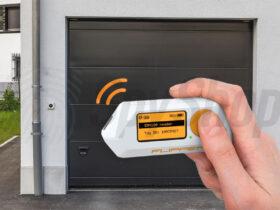
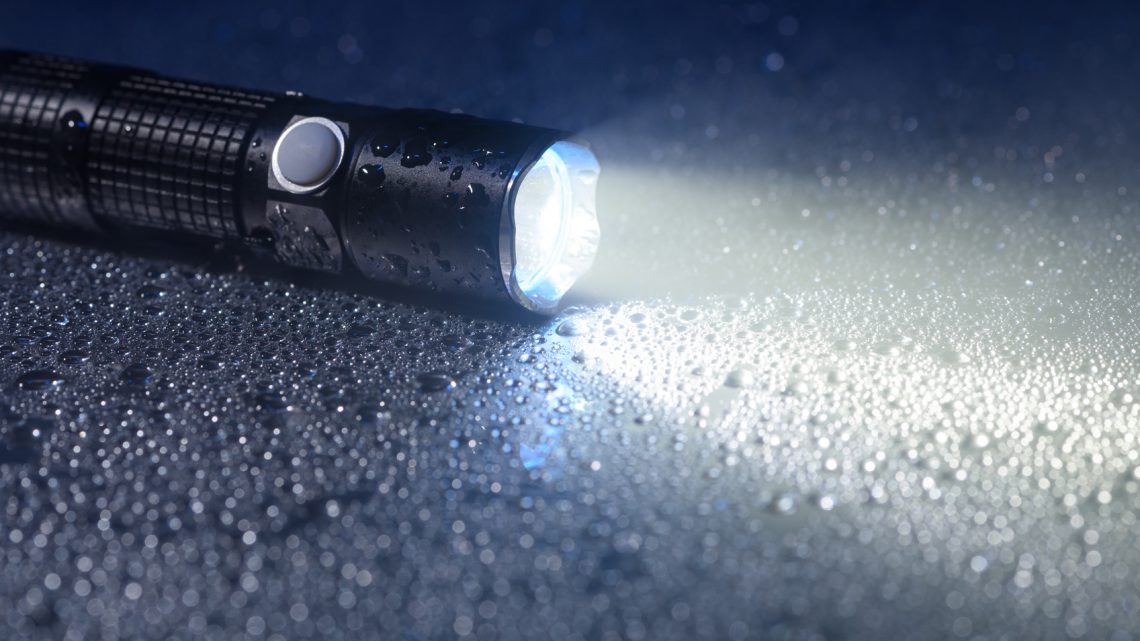
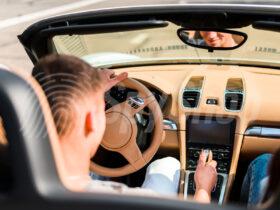
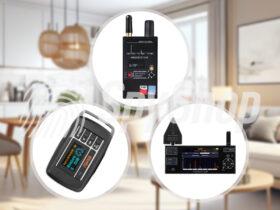

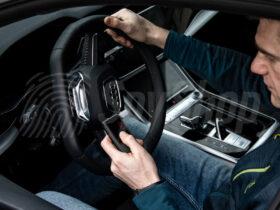
Leave a Reply